The Relative Momentum Index was developed by Roger Altman and was introduced in his article in the February, 1993 issue of Technical Analysis of Stocks & Commodities magazine.
Altman’s describe his indicator in this way :
“the RSI is modified by counting up and down days starting from today’s close relative to the close Y days ago, where Y is not necessarily 1 as required by the RSI. The RSI is released from the arbitrary restriction of comparing consecutive days for price changes” changing the period to 20 days, but with Y set at 5 instead of 1 makes it “easier to anticipate tradable reversal points compared with the one-parameter RSI. This modification is called the relative momentum index (RMI), in which momentum is substituted for strength, because a momentum index is usually obtained by creating a moving average of the most recent closing price compared with the close Y days in the past.”
I personally use both RSI (14 period) and RMI (20,5, with Exponential moving average). I find that RSI is better in showing divergences while RMI is better is pointing out overbought/oversold areas.
Blue skies
|
1 2 3 4 5 6 7 8 9 10 11 12 13 14 15 16 17 18 |
// inputs //Period = 20 //Lookback = 3 //ob = 70 //os = 20 //calc momup=max(close-close[lookback],0) momdown=max(close[lookback]-close,0) up = average[period,mm](momup) dn = average[period,mm](momdown) rm=up/dn rmi = 100*rm/(1+rm) return rmi as "RMI", ob,os |
Share this
No information on this site is investment advice or a solicitation to buy or sell any financial instrument. Past performance is not indicative of future results. Trading may expose you to risk of loss greater than your deposits and is only suitable for experienced investors who have sufficient financial means to bear such risk.
ProRealTime ITF files and other attachments :PRC is also on YouTube, subscribe to our channel for exclusive content and tutorials
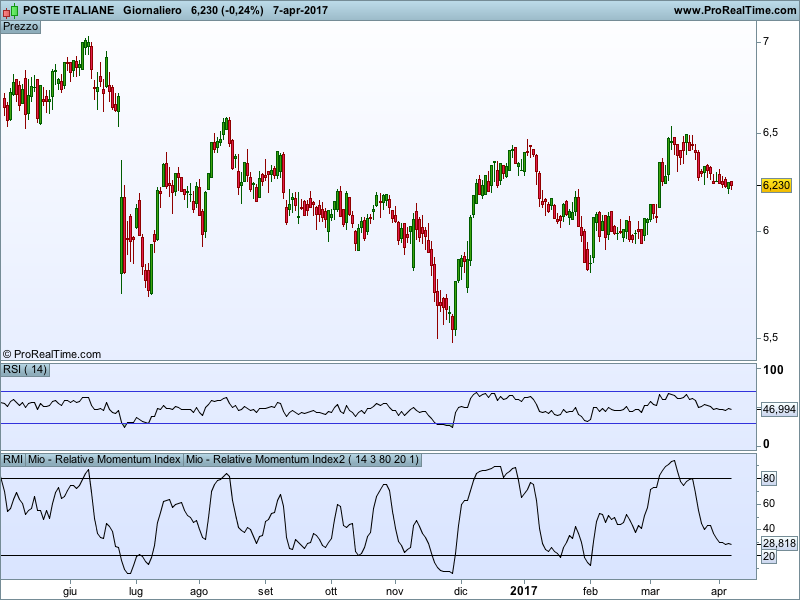

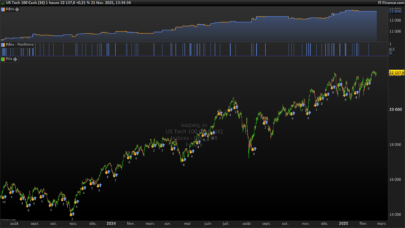

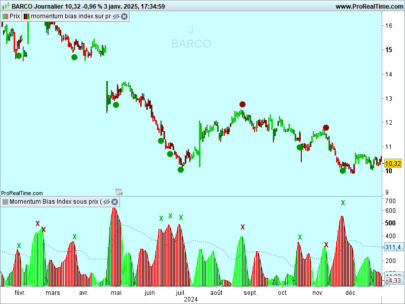
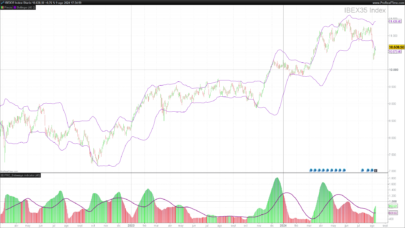
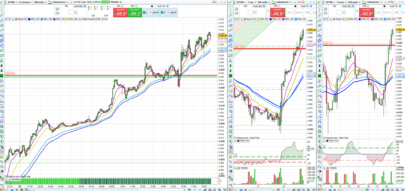
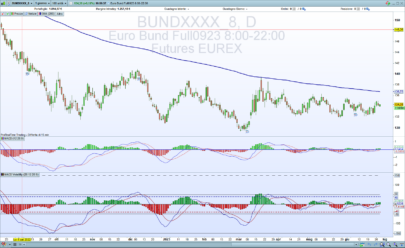
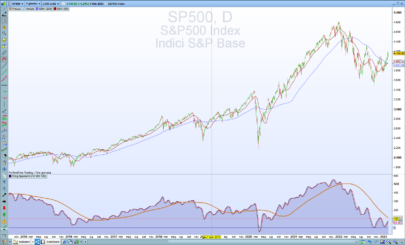
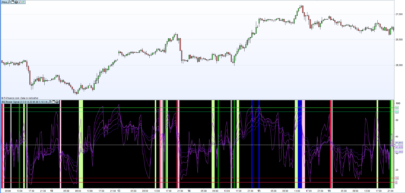
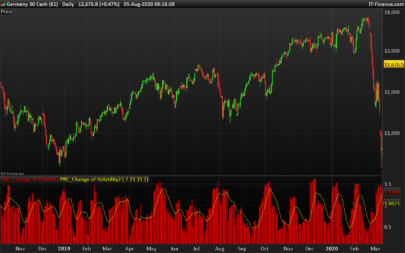
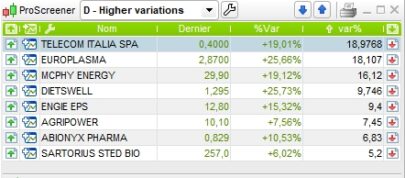
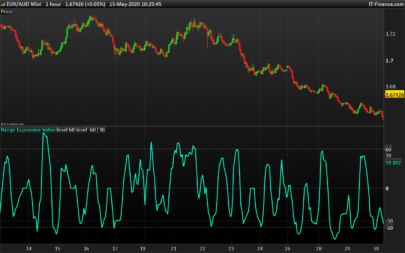
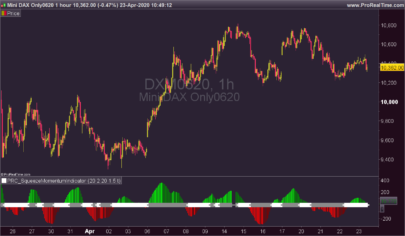
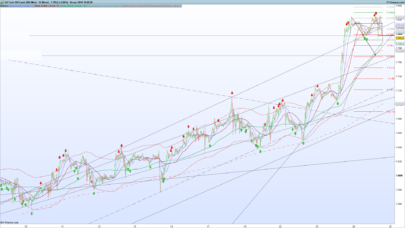
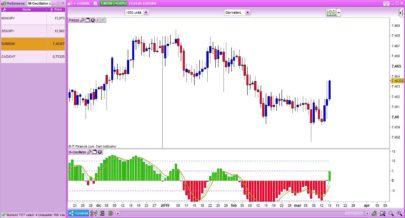
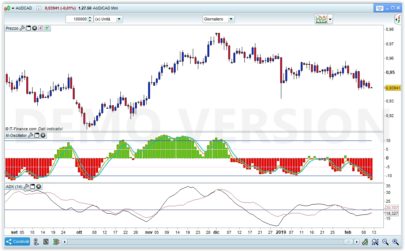
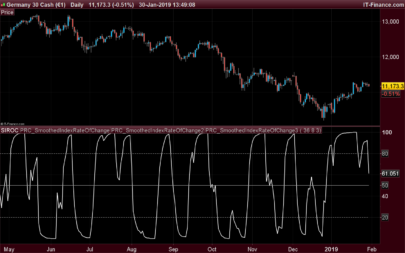
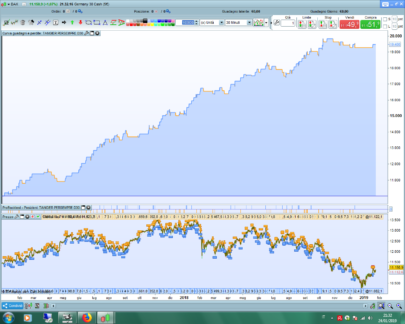
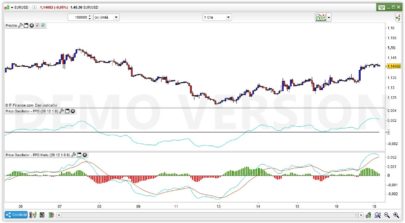
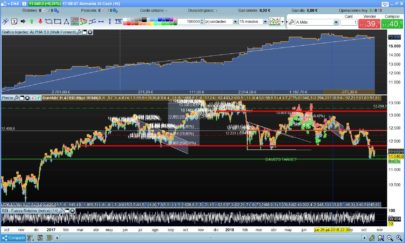
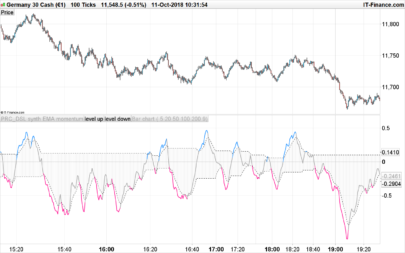



Thank you for this one. I played around with this indicator with Bollinger Bands around it instead of the fixed 30 and 70 lines to make to make the indicator more flexible and adaptive.